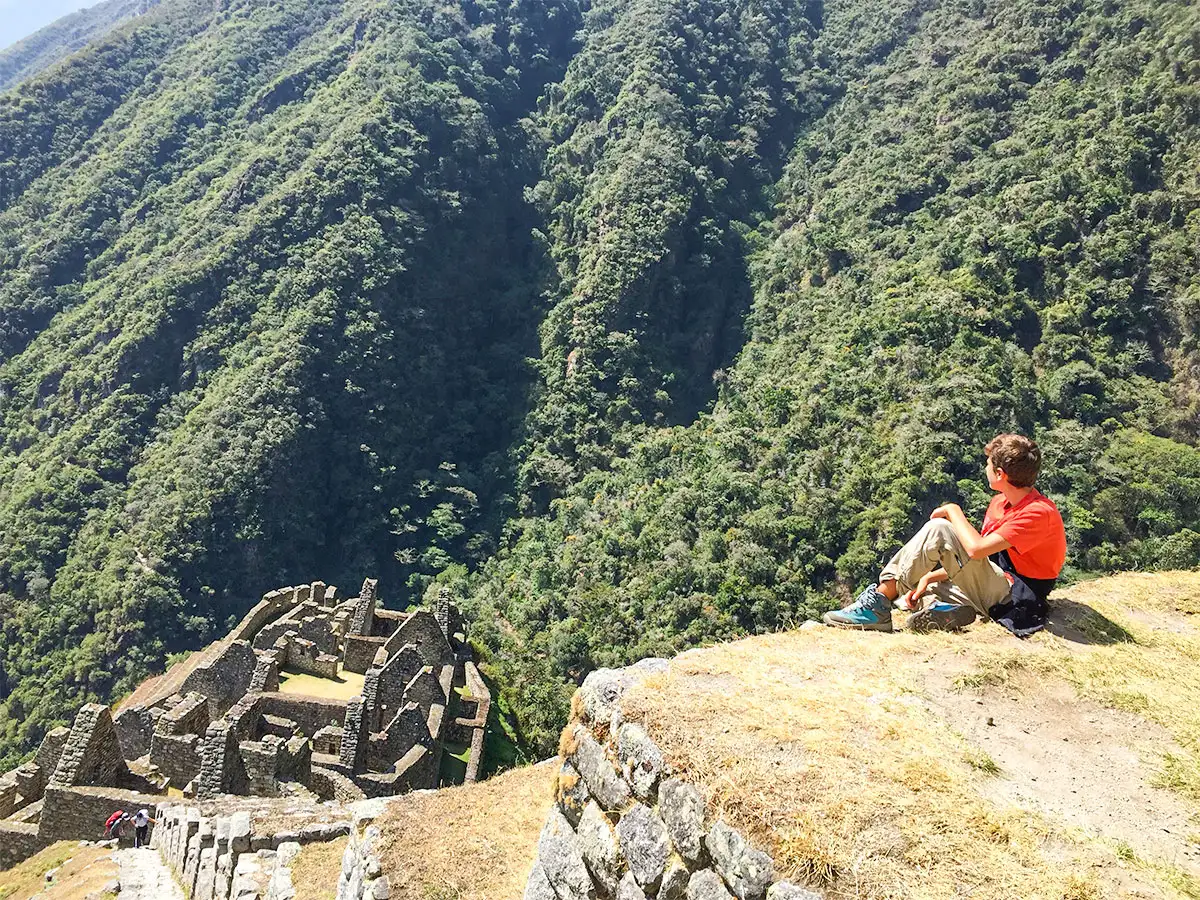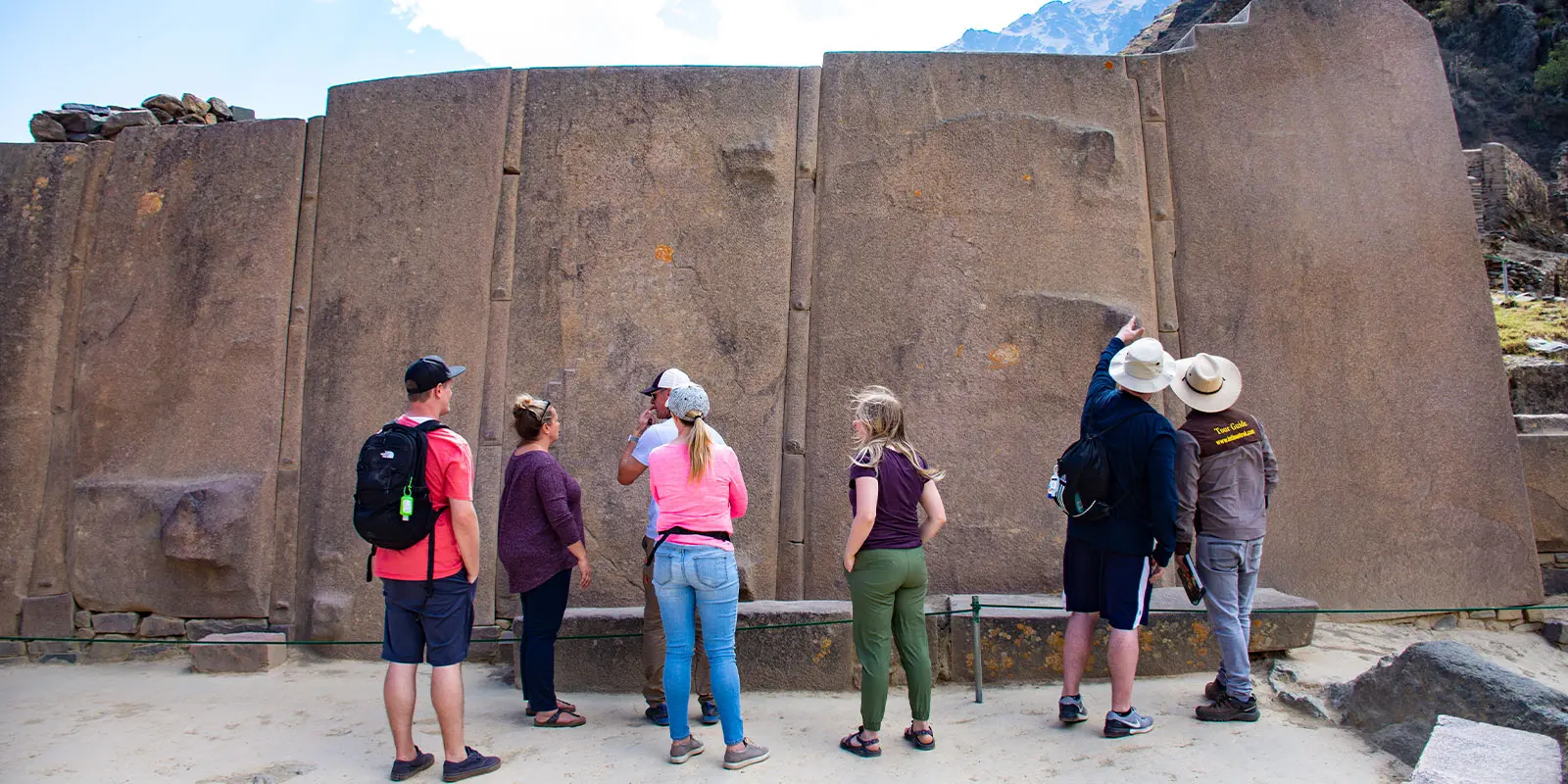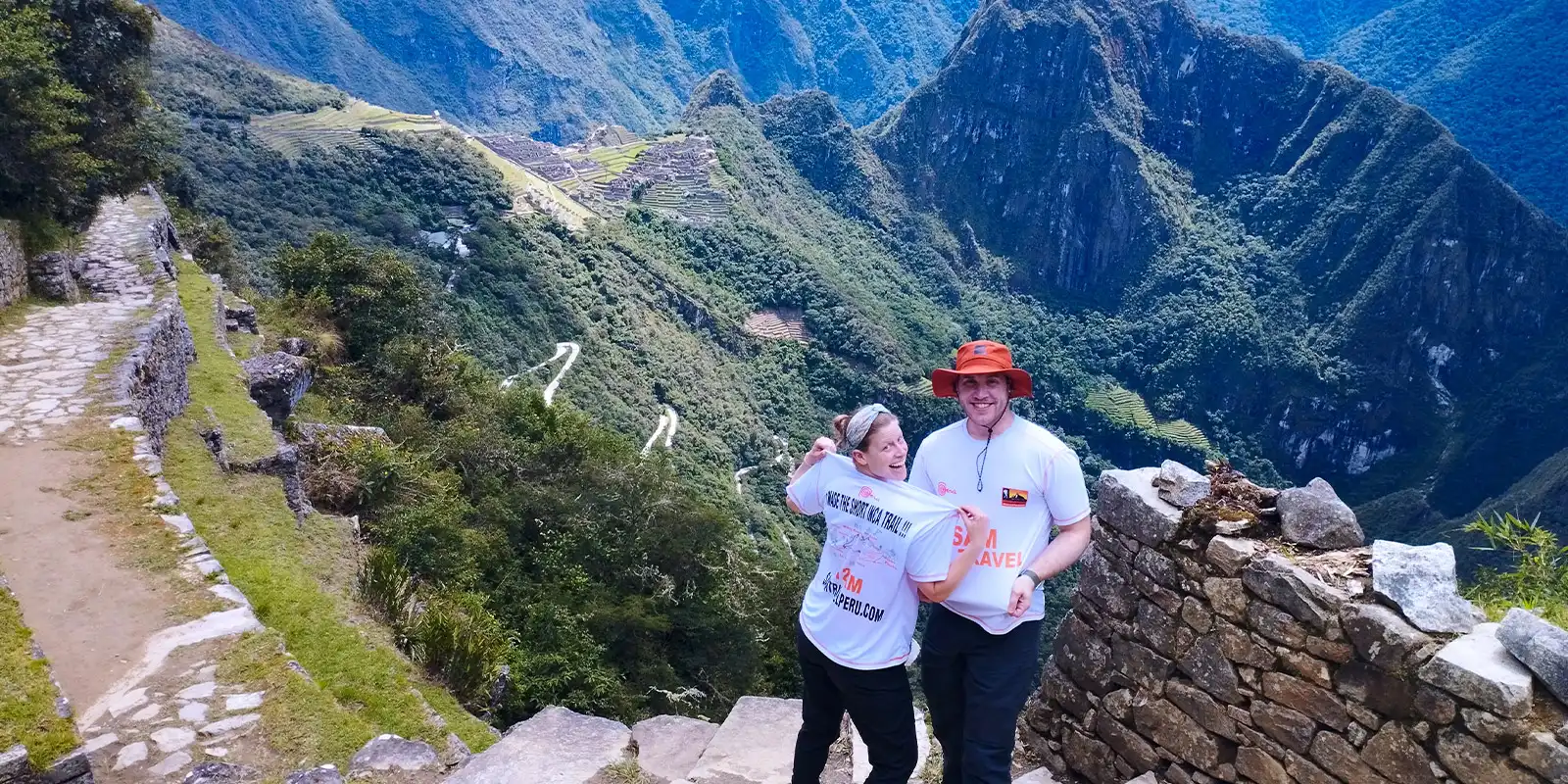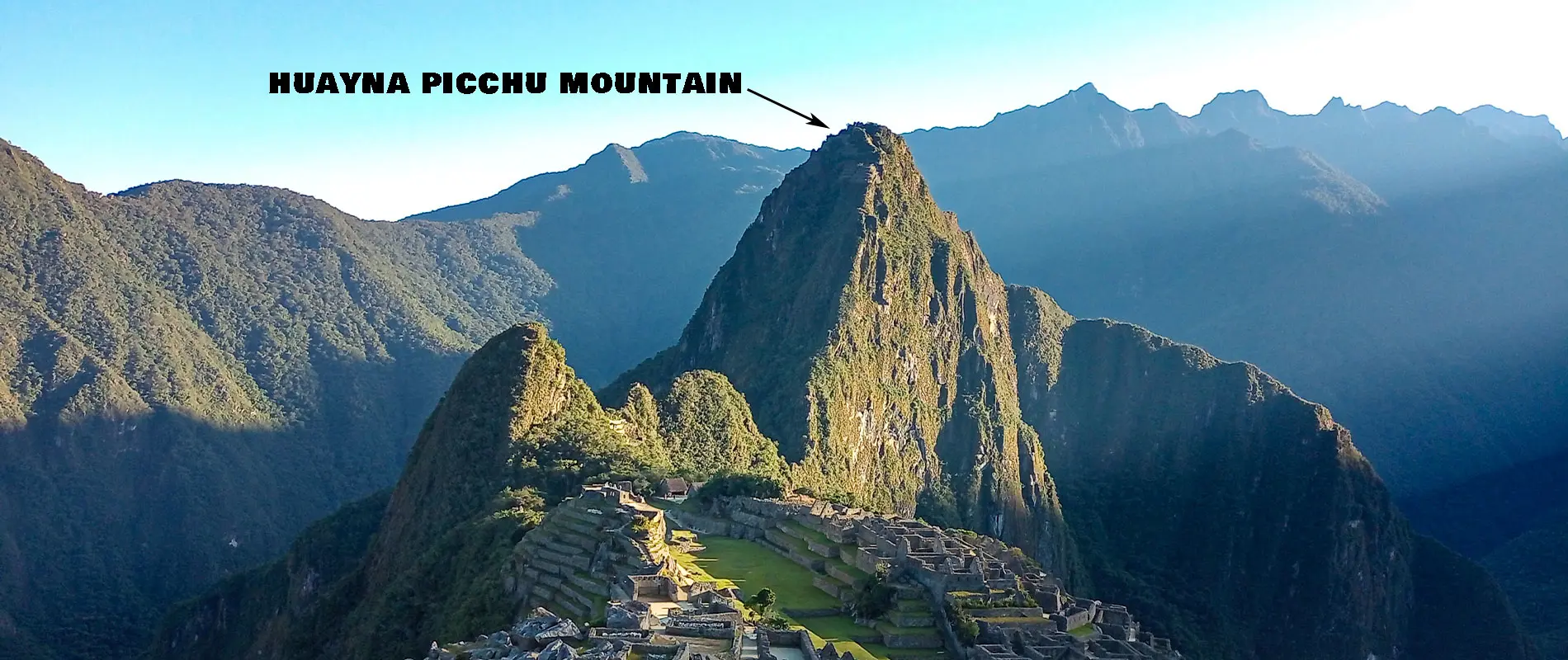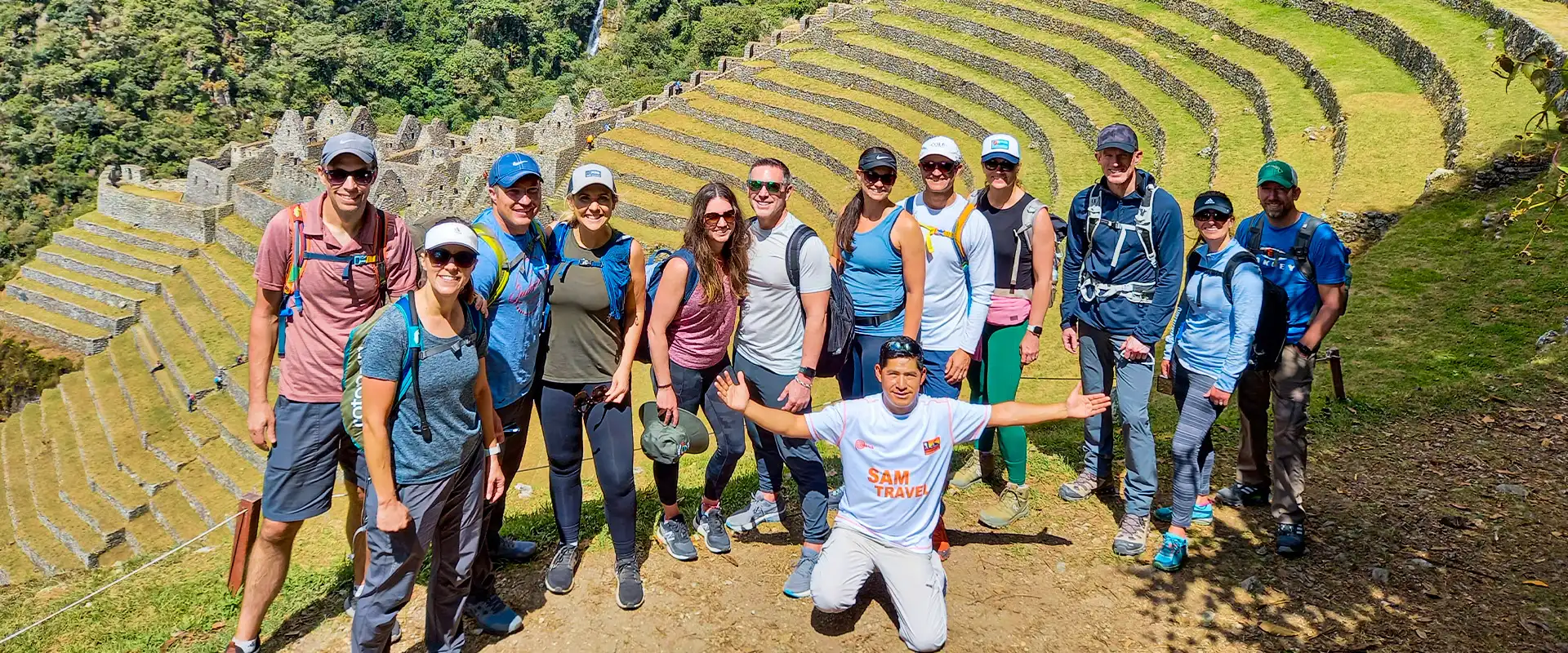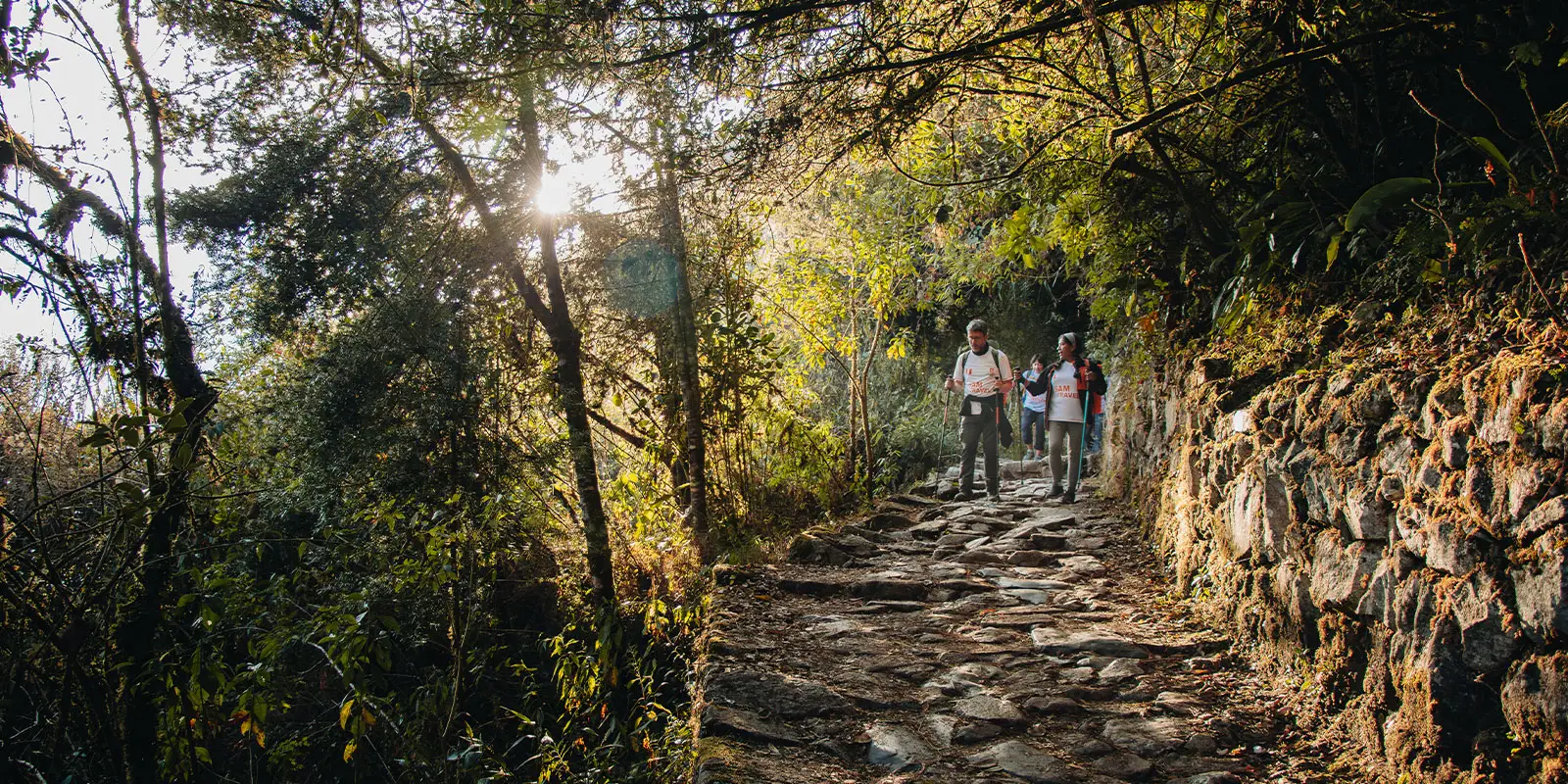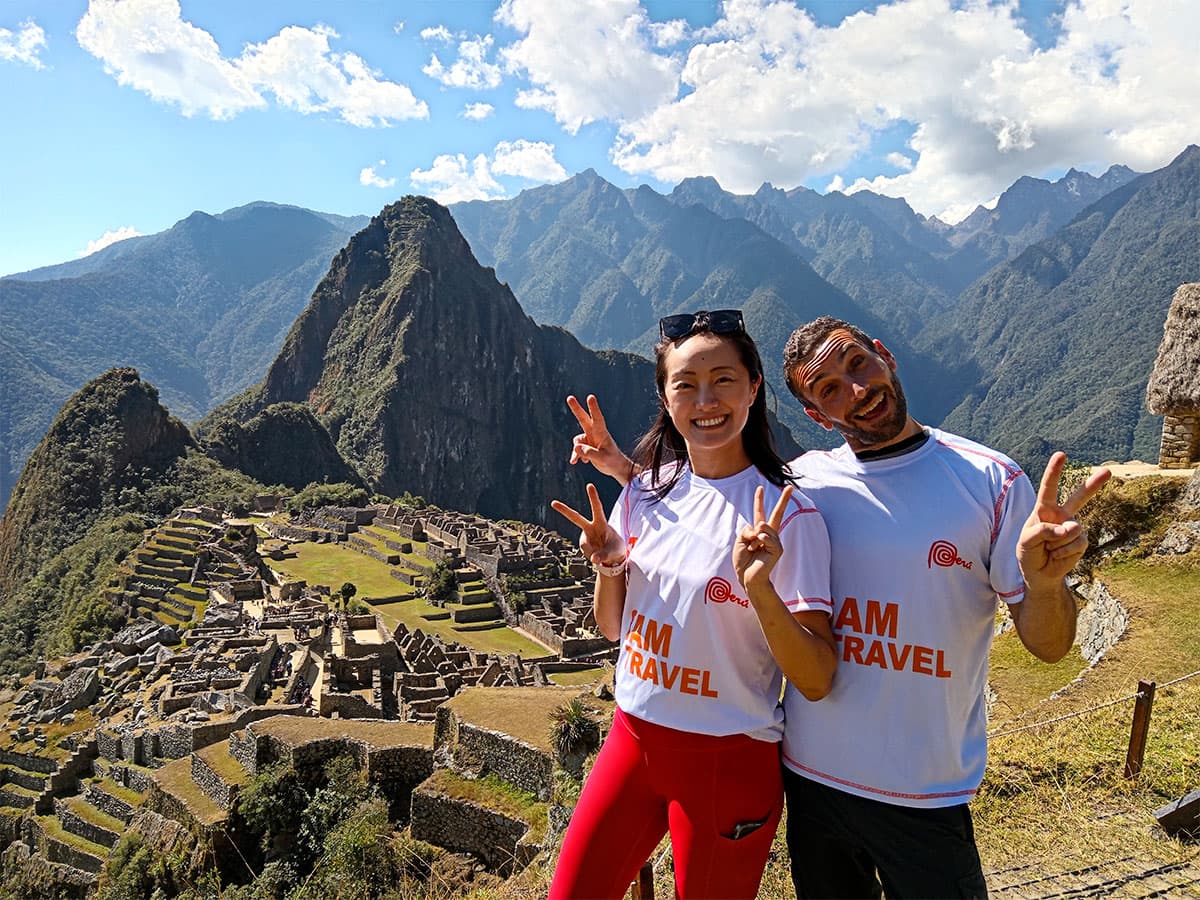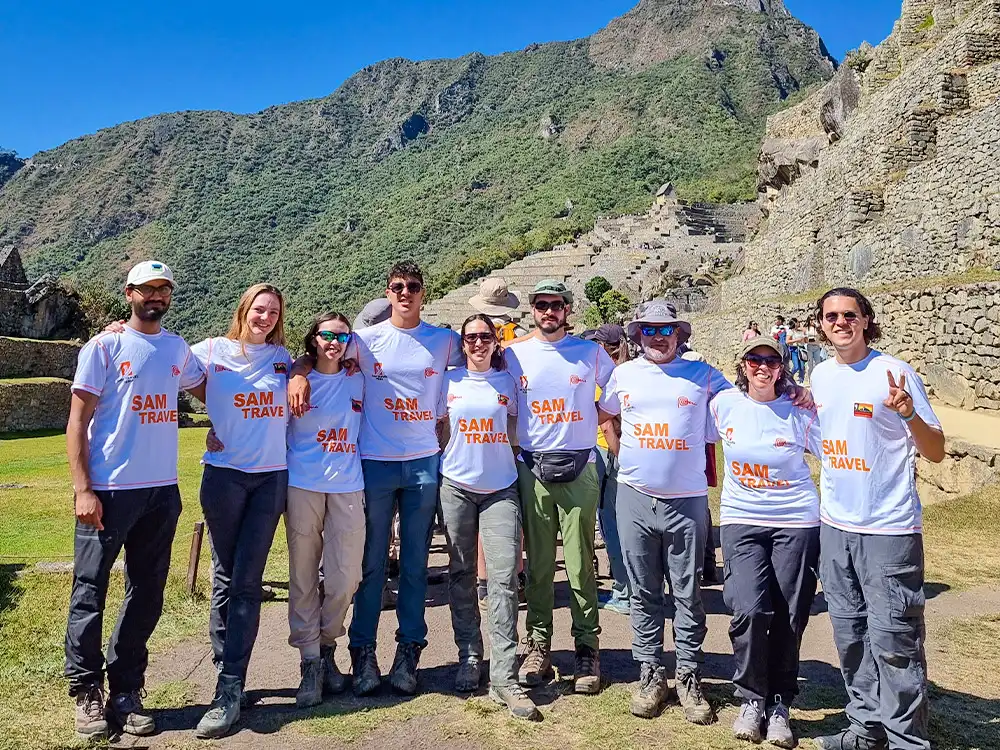Many will agree that a visit to Machu Picchu is a must when traveling to Peru. The site has a long history and many interesting stories as to its purpose and as to why the site was built and deserted. The vast Inca roads and trails that wind through the Peruvian Andes are a testament to the grandness of the Inca Empire. Whether you decide to walk to Machu Picchu on one of the many treks that end in the Citadel or if you take the train on a wonderful day tour you will want to see Huayna Picchu Mountain, to get the best views and photos of Machu Picchu.
What is Huayna Picchu?
Huayna Picchu is the pointed, cone-shaped mountain behind the citadel. It appears in many of the classic Machu Picchu postcards. It is one of the alternative treks at Machu Picchu that you must see on your visit to Machu Picchu.
What does Huayna Picchu mean?
The name Huayna Picchu is Quechua and translates into Young Mountain, the name Machu Picchu means Old Mountain. It is unfortunate that the Inca had no written language so we get these names from local historians and some Spanish chroniclers.
Location
Huayna Picchu is the mountain that is located 2 kilometers north of Machu Picchu. On the edge of the Amazon Jungle, the mountain is at an altitude of 2693 meters above sea level and is surrounded by the Vilcanota River. Huayna Picchu mountain is in the Urubamba province in Cusco in the South of Peru. See Inca ruins on the trail and located on the top of the mountain peak.
Huayna Picchu stands at a height of 2693 meters, the ruin is 360 meters above Machu Picchu. The trek is around 4 kilometers.
How to get to Huayna Picchu Mountain, the Hike.
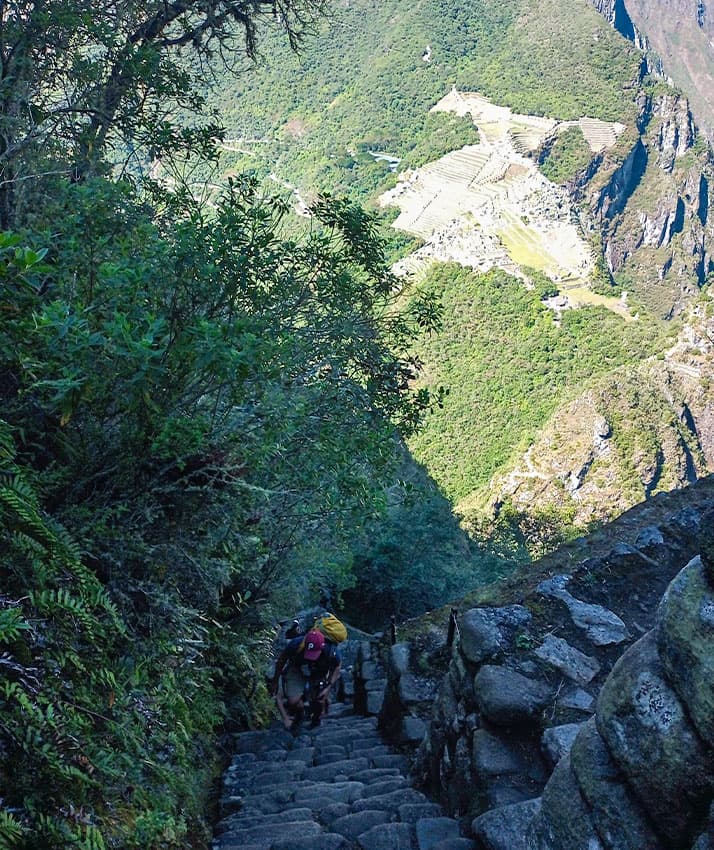
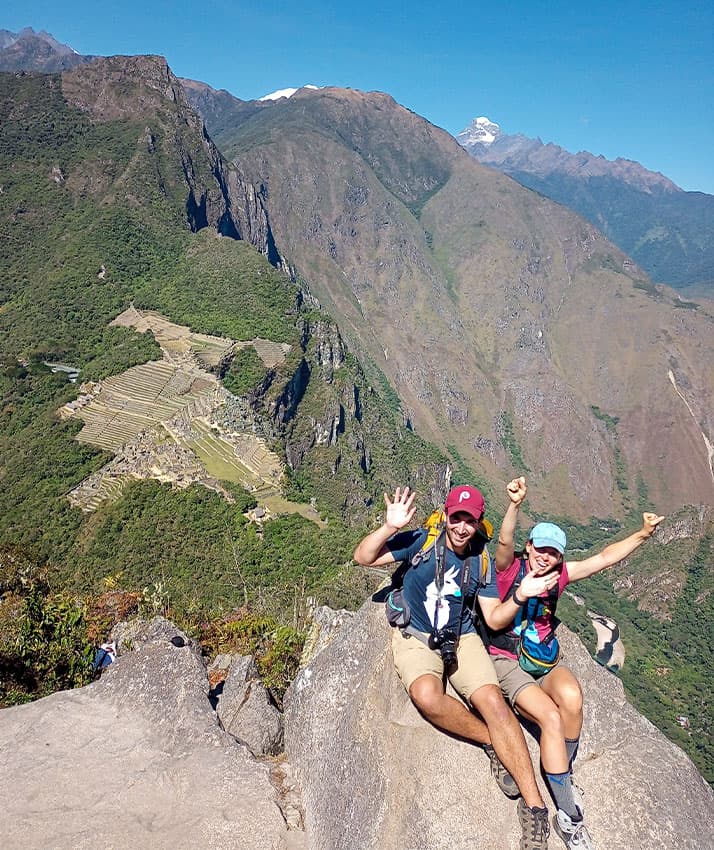
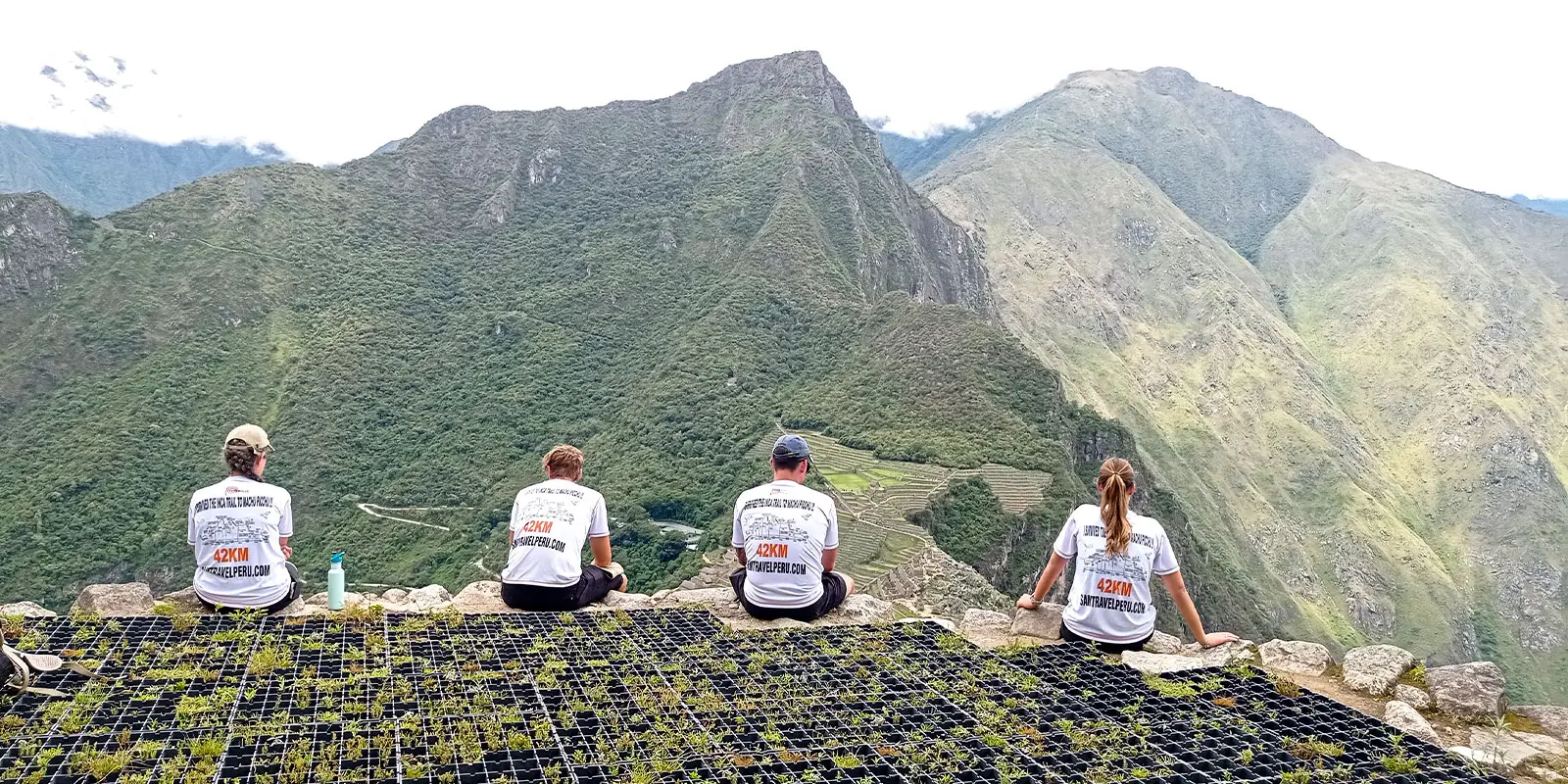
Leaving the control booth, find a descent that ends with a fork. The path on the right leads to Huayna Picchu and the path on the left leads to Huchuy Picchu.
The path to the mountain, starts with a zigzag for about 15 to 20 minutes (300 meters) and continues up to where there is a small complex of Inca constructions. Next, continue the journey and find the route splits into two sections. One ascends the mountain and the other descends it. The ascends trail stretches to the top.
The trail goes down around the base of the mountain to reach the Great Cavern and the Temple of the Moon. Pass through the cloud forest where we started. At the initial descent, pass through a narrow tunnel, where we will have to crawl. It is said that this tunnel could have been a trap for enemies or invaders. This is because its cavity is narrow and dark and one cannot get through it quickly.
The Moon Temple
This is a special natural cave with carved ceremonial niches, intricate stonework and perfect angles. Archeologists believe that the Incas used this temple as an Inca sacrificial and ceremonial center.
Specialists believe that mummies rested there. Remember that the Incas considered caverns and inhospitable sites as communication portals (Huacas). This is with the objective of contacting their gods, sacred spirits and dead people.
Tickets for Huayna Picchu
To go to Huayna Picchu you will need to buy an entrance ticket. From the 1st June 2024 you can only do Huayna Picchu with a Circuit 3 entrance ticket. Circuit 3 visits the lower part of Machu Picchu. This means that if you would like to do one of the other Circuits to see more of Machu Picchu you will need to purchase another entrance ticket.
Important Tips
- Limited Availability: Only 200 tickets are available per day, divided between the two time slots.
- Identification: You must present your passport at the entrance. The name on your ticket must match the name on your passport.
- Fitness Level: The hike is steep and can be challenging, so a good level of fitness is recommended.
- Weather: Be prepared for variable weather conditions, and wear appropriate clothing and footwear.
Entrance Fees (as of 2024)
- Adults: $75 USD per ticket.
- Students: Discounts are available with a valid student ID.
Entrance Options
1st Group | 7:00 to 8.00 am Hike Time
- Cooler temperatures and possibility for clouds, mist and poor visibility. This is more so in the rainy season. Set your guided tour of Machu Picchu for after Huayna Picchu. You will not have time to visit before hand.
2nd Group | 9.00 to 10:00 am Hike Time
- More likely to be hotter with more visibility and more people on the trail. Your guided tour of Machu Picchu is before the hike so you can take your time.
Mapa de la Montaña Huayna Picchu
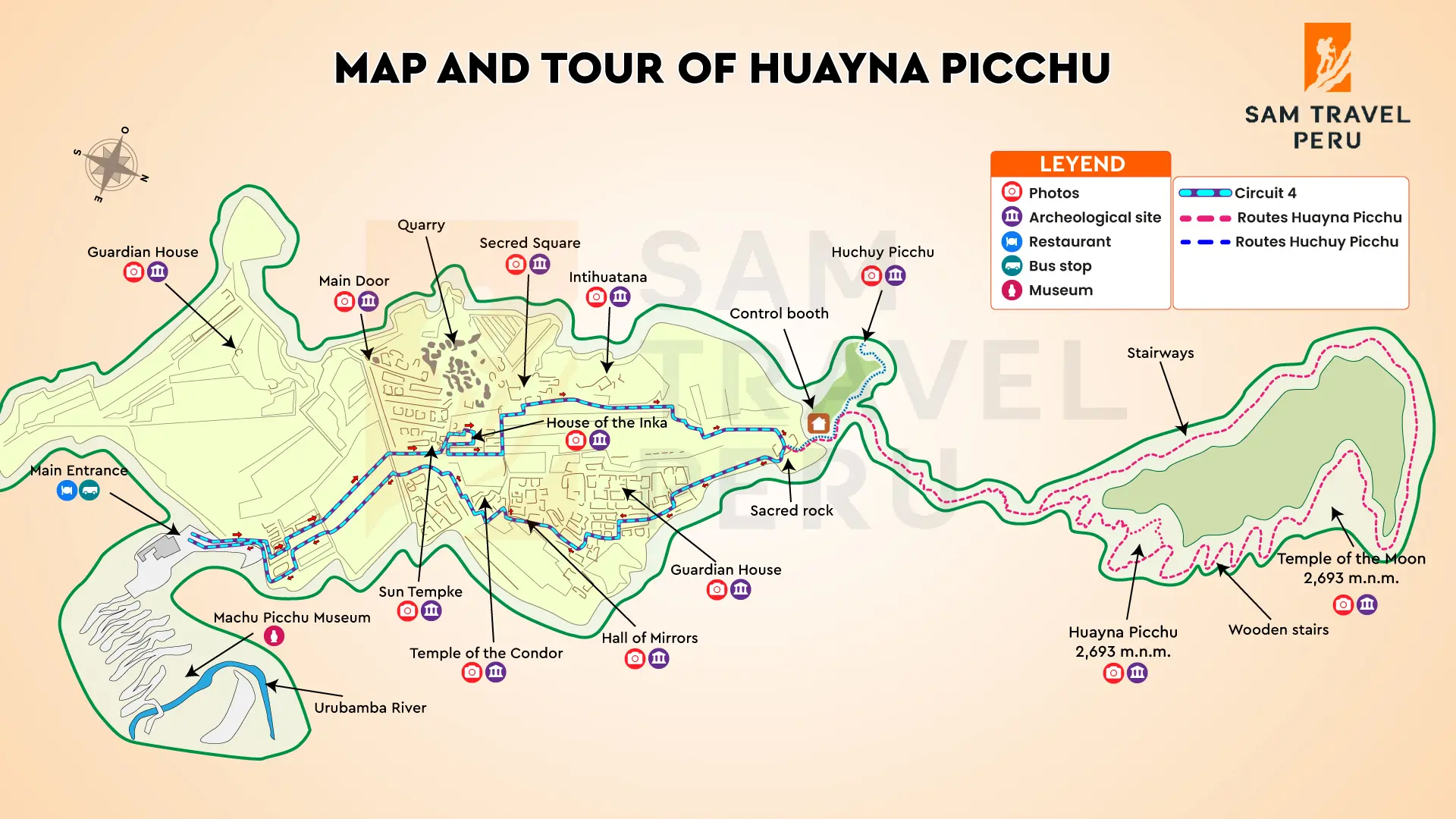
New circuits in Machu Picchu 2024
Getting to Machu Picchu
Cusco is the starting point for all tours to Machu Picchu and Huayna Picchu. Most spend a day or 2 exploring the ancient Inca city. From Cusco you can get to Machu Picchu several ways. Firstly, you can take one of the many trains that leave from Cusco and the Sacred Valley. There are different services from tourist to luxury. Travel through the amazing Sacred Valley of the Incas and see natural beauty beyond compare. Arriving into Aguas Calientes you then take the bus up a Zigzag Road to the gate of Machu Picchu.
The second way and very popular is to hike to Machu Picchu, there are several different hikes to do ranging from 2 day to 4 or 5 day through the high Andes. The hikes pass through the Sun Gate and finish at Machu Picchu.
When is the best time to visit?
The best time to make the climb is in the Dry season (April – November). This is because you will have clear skies, sun, humid and hot weather and colorful vegetation. But most importantly, you will have solid and dry paths to walk securely.
Altitude Sickness
How will the altitude affect me?
This is a question that many ask. Some people it doesn’t affect at all and then there are others that if does effect. Taking the following precautions will help with the effects of altitude.
Don’t over exert yourself: When you arrive into altitude, try to give yourself time to rest so your body can focus on adjusting.
Stay hydrated: Altitude causes your body to dehydrate quicker, so drink as much water as possible throughout your trip. Generally speaking, it is recommended to drink an additional liter or more a day.
Take altitude medication:This helps your body adjust more easily and can reduce altitude sickness symptoms like headaches, exhaustion, nausea and a general feeling of being sick. For this reason, it is recommended to come prepared with these pills, but keep in mind that medication like this in rare instances can have the opposite effect and ends up making you feel worse.
Try coca tea/leaves: Utilize one of the ancient remedies the Incas used – coca leaves. Not to be confused with the cocoa plant that chocolate is made from, coca leaves are native to Peru and act as a stimulant that calms altitude symptoms and helps you adapt naturally. Most hotels offer coca tea for free in their lobbies and you can buy coca leaves (to chew) off vendors, markets and shops in Cusco.
What to Pack
What you will need to make your Huayna Picchu Mountain hike unforgettable:
- Water: Bring at least 1 liter to get you through the day
- Snacks: Food is not allowed in Machu Picchu, but you can grab some snack at the cafe at the entrance before or after your visit
- Sunscreen/Hat/Sunglasses: The sun is very strong in Machu Picchu, so protecting your skin and eyes is important.
- Hiking boots/shoes: Preferably with good tread as you’ll be climbing a lot of stone steps
- Rain Jacket: Having waterproof gear will help you get through those pesky downpours
- Layers: Long pants and layers are key for surviving the temperature changes and the biting flies.
- Insect Repellant: On the topic of biting flies, this really comes in handy
- Backpack: Nothing larger than 9.8 x 8.6 x 1.9 in (25 x 22 x 50 cm)
- Passport: You can’t get into Machu Picchu without it!
- Huayna Picchu Combo Ticket:This one is a given, don’t lose it!
- (Optional) Hiking Poles: For older or disabled travelers, these can come in handy with the uneven terrain. Make sure the poles have rubber tips as it is required.
- (Optional) Camera: Photos and video are allowed, but keep your drones and tripods at home.
Is it worth it?
Yes. We couldn’t recommend hiking Huayna Picchu more. The terrain may be steep, but the Huayna Picchu view is unforgettable.
This hike takes your visit to Machu Picchu to the next level – both figuratively and literally!
